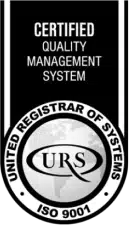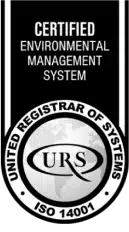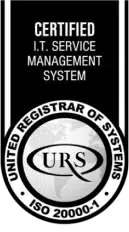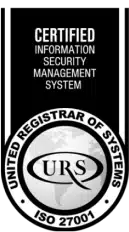Identity and access management
Securing your organisation’s data is one of your biggest responsibilities. Protect it from prying eyes with identity and access management solutions from Espria.
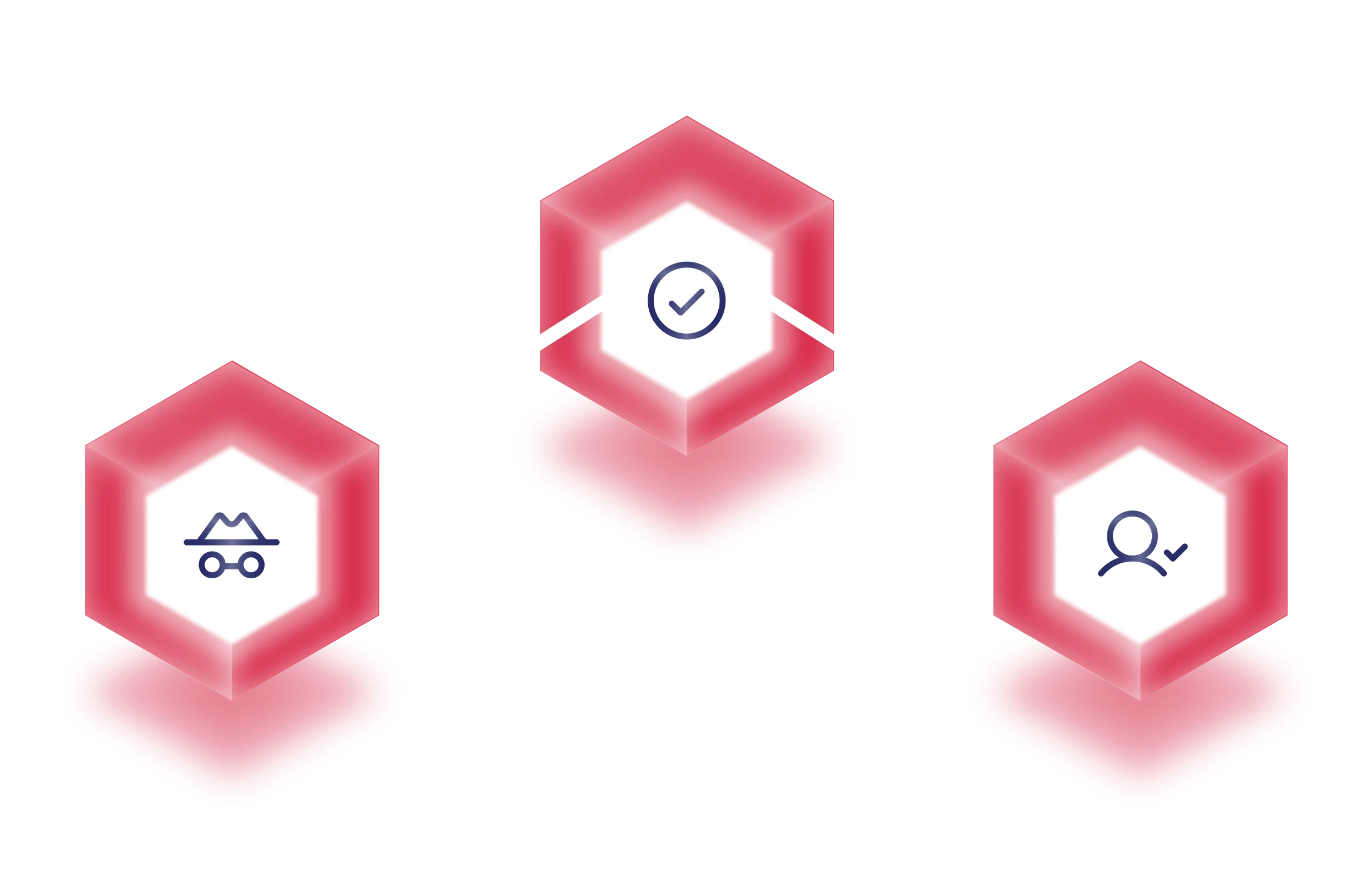
Our partners:
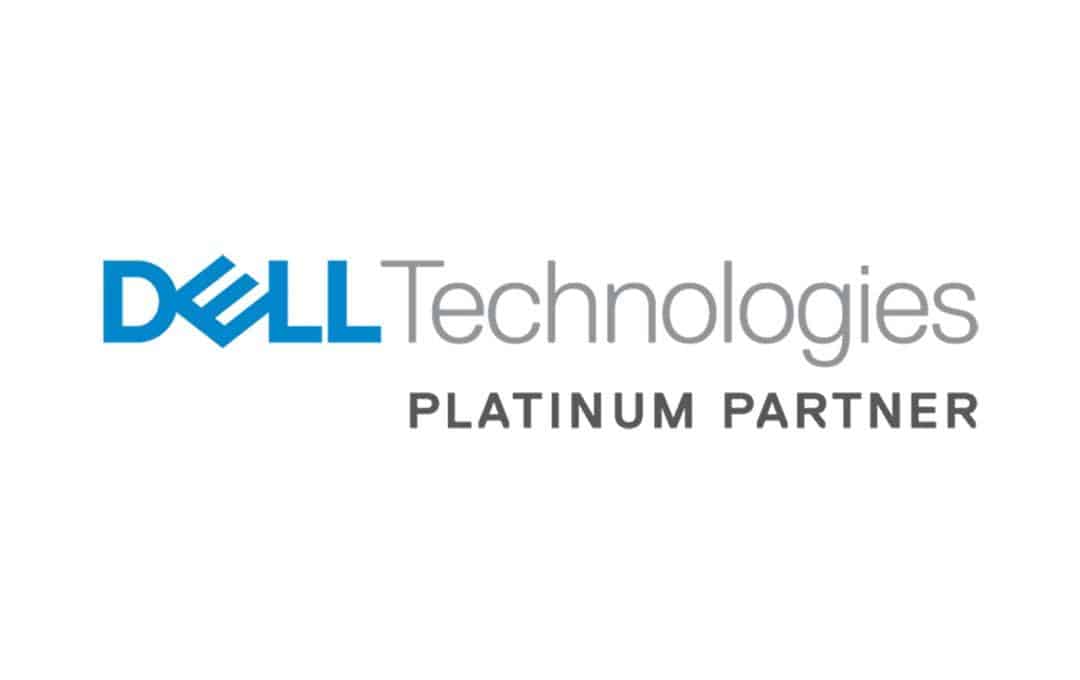


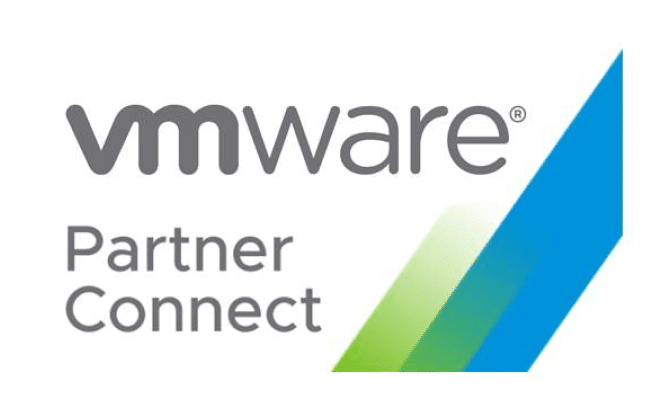
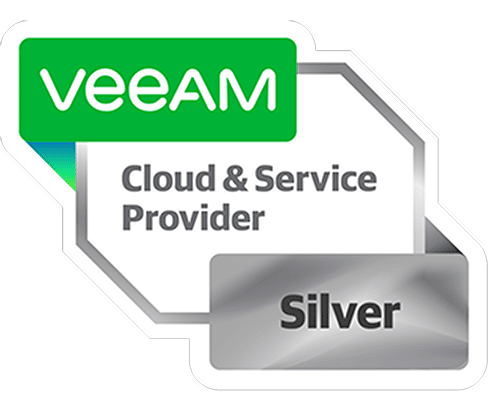
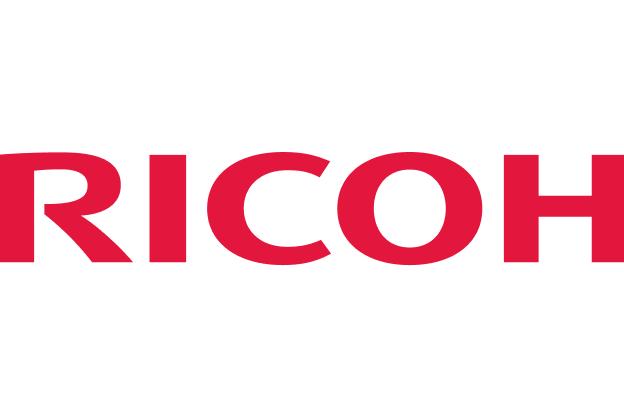


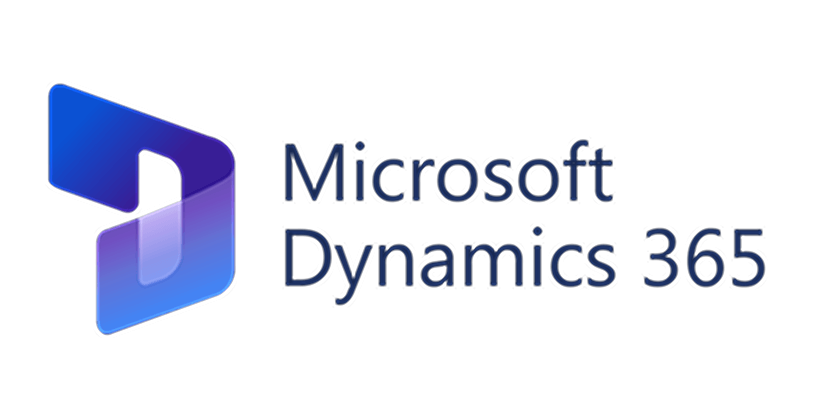
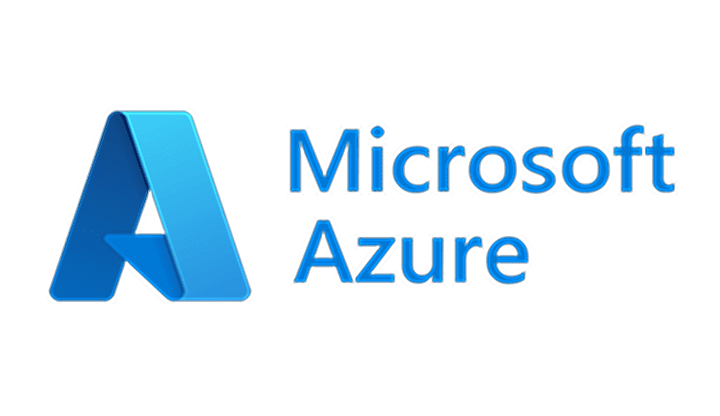
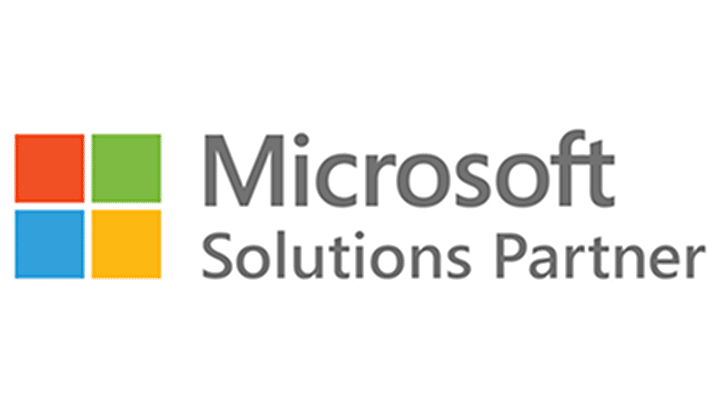
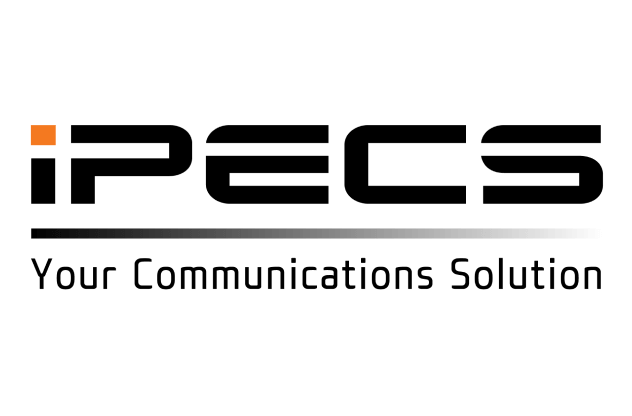
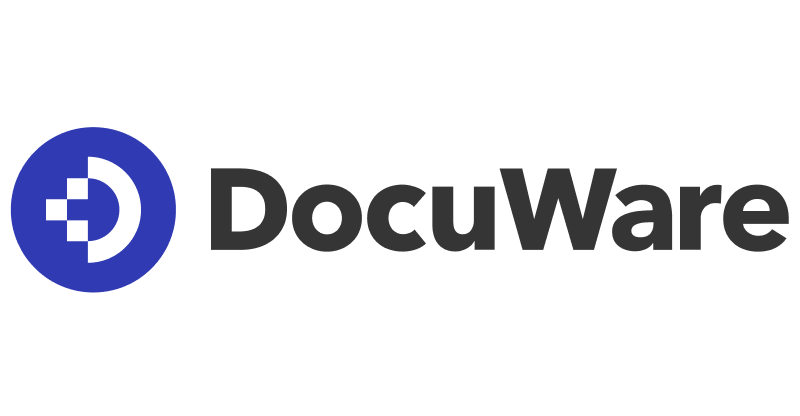


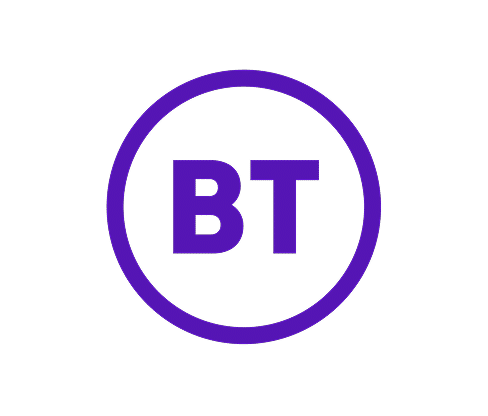
































Our accreditations
We are extremely proud that the services our teams deliver. Our Cloud Services operations in St Ives have been awarded the following certifications:
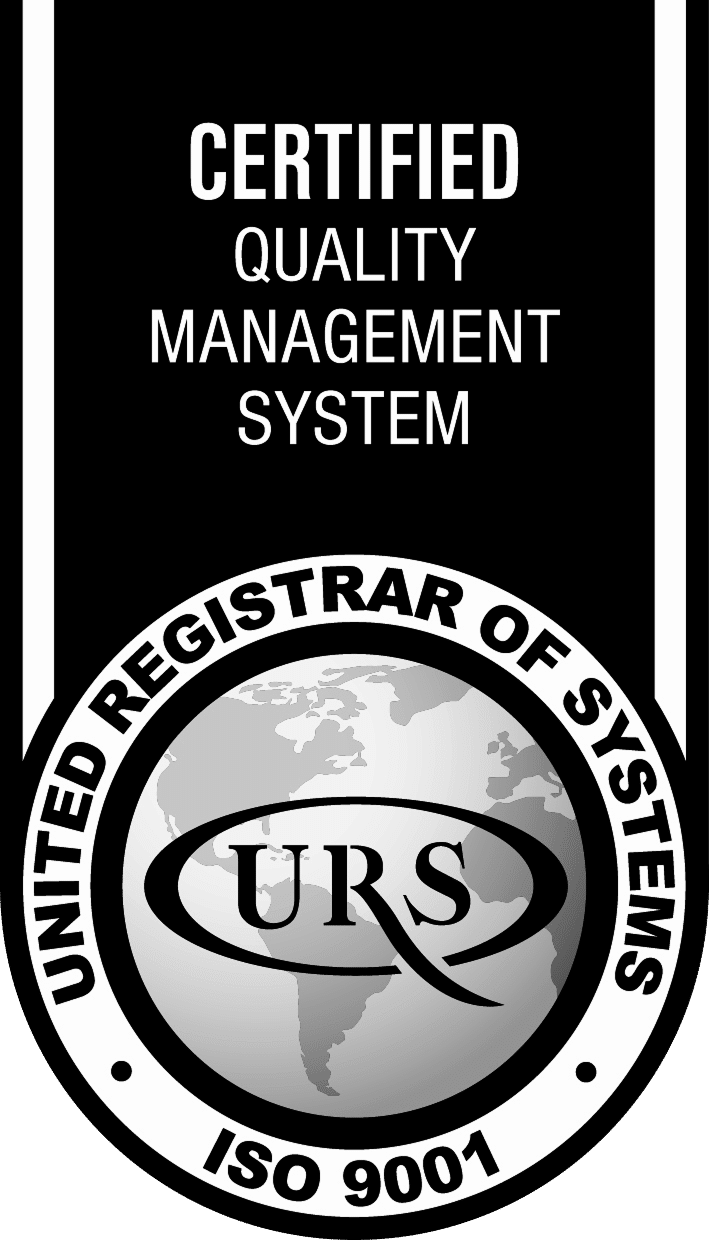
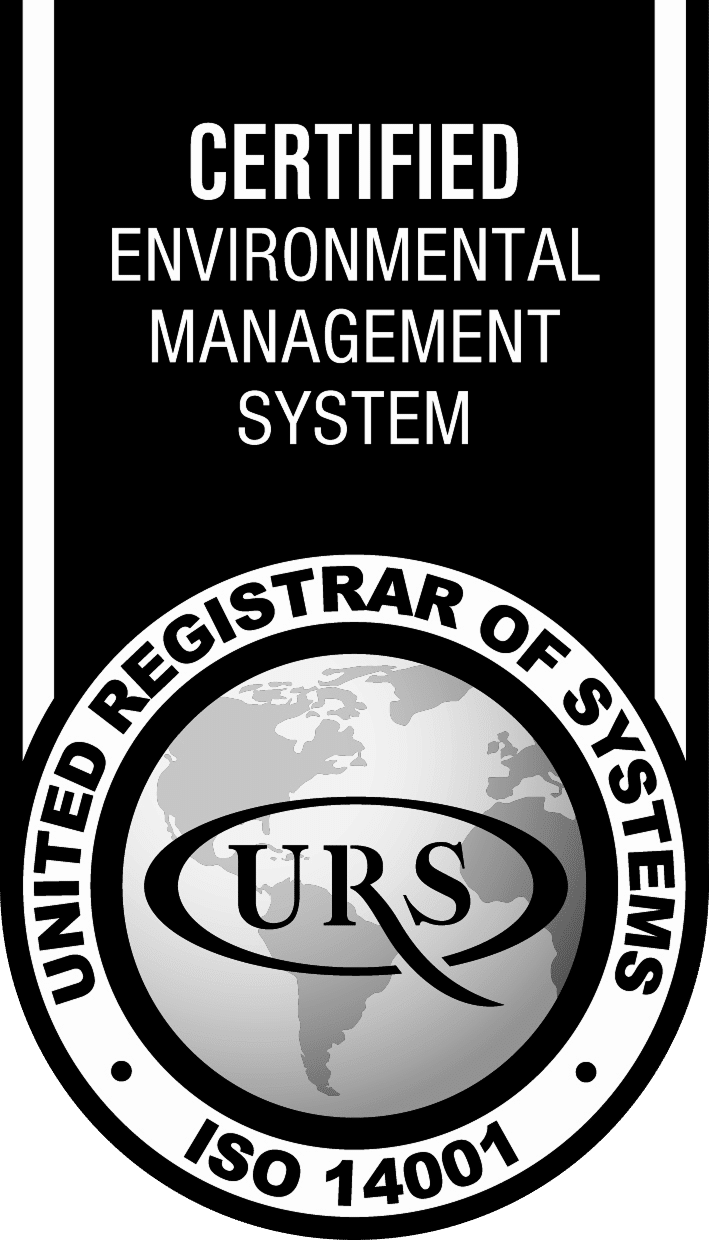
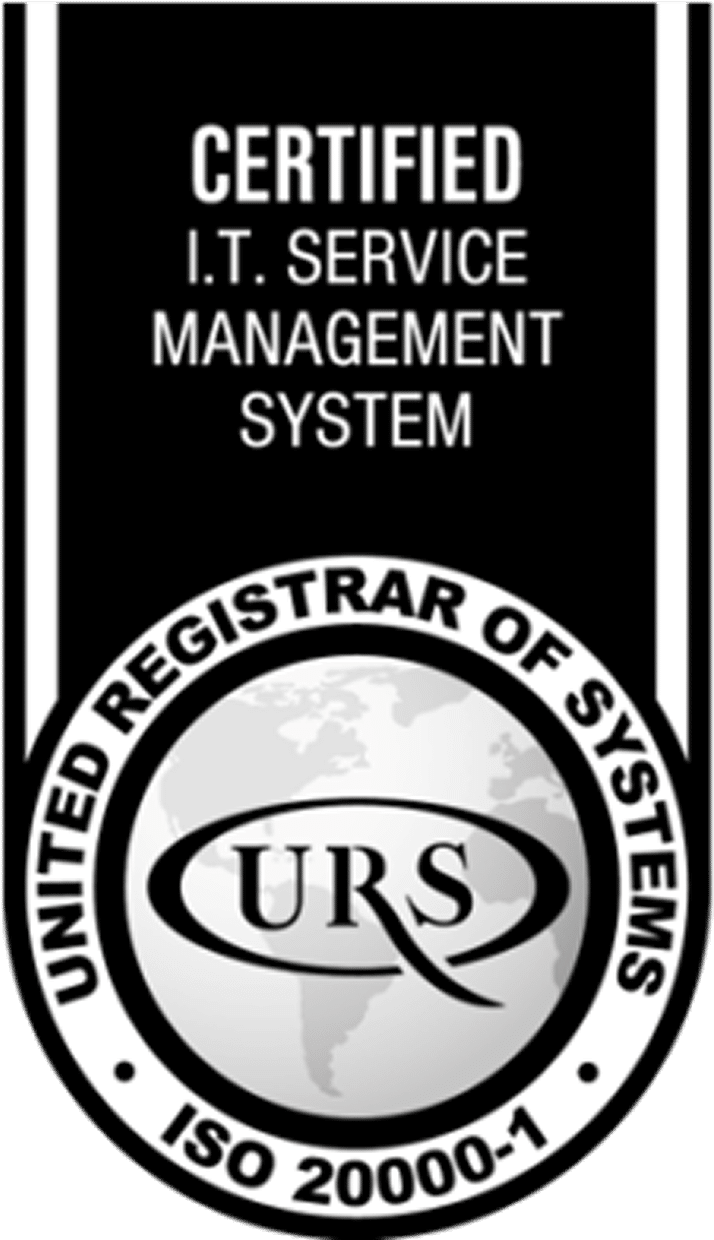
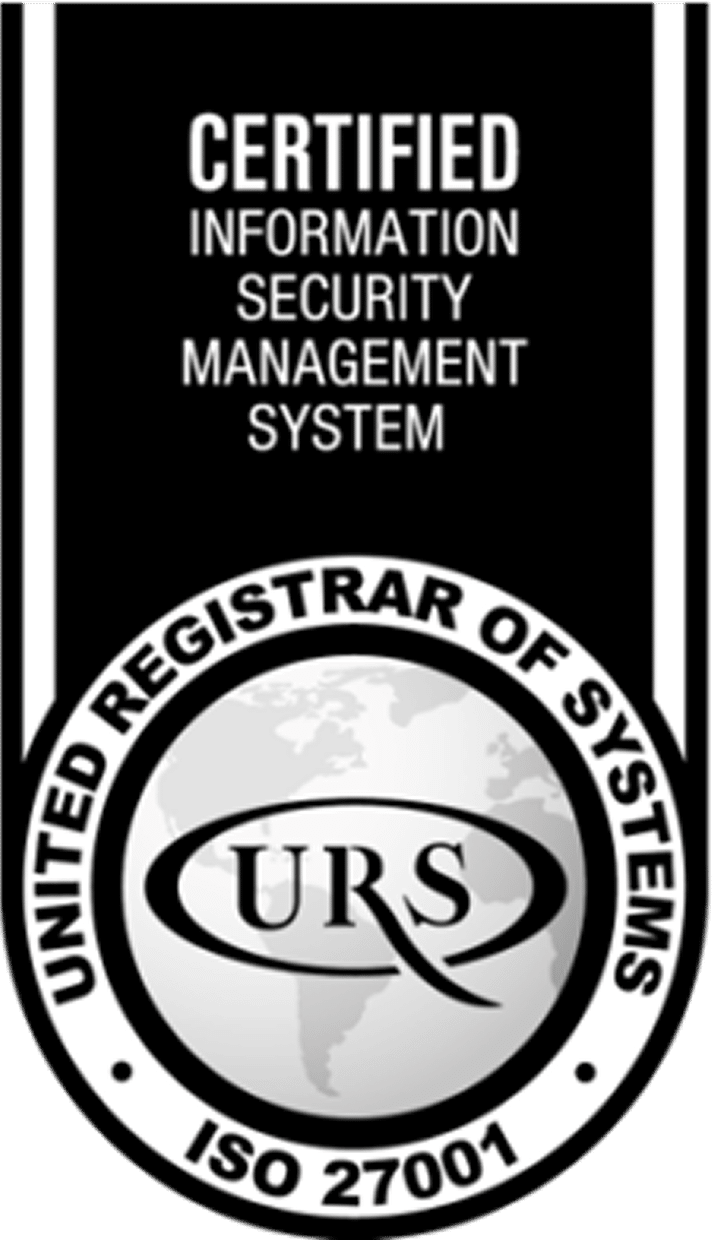
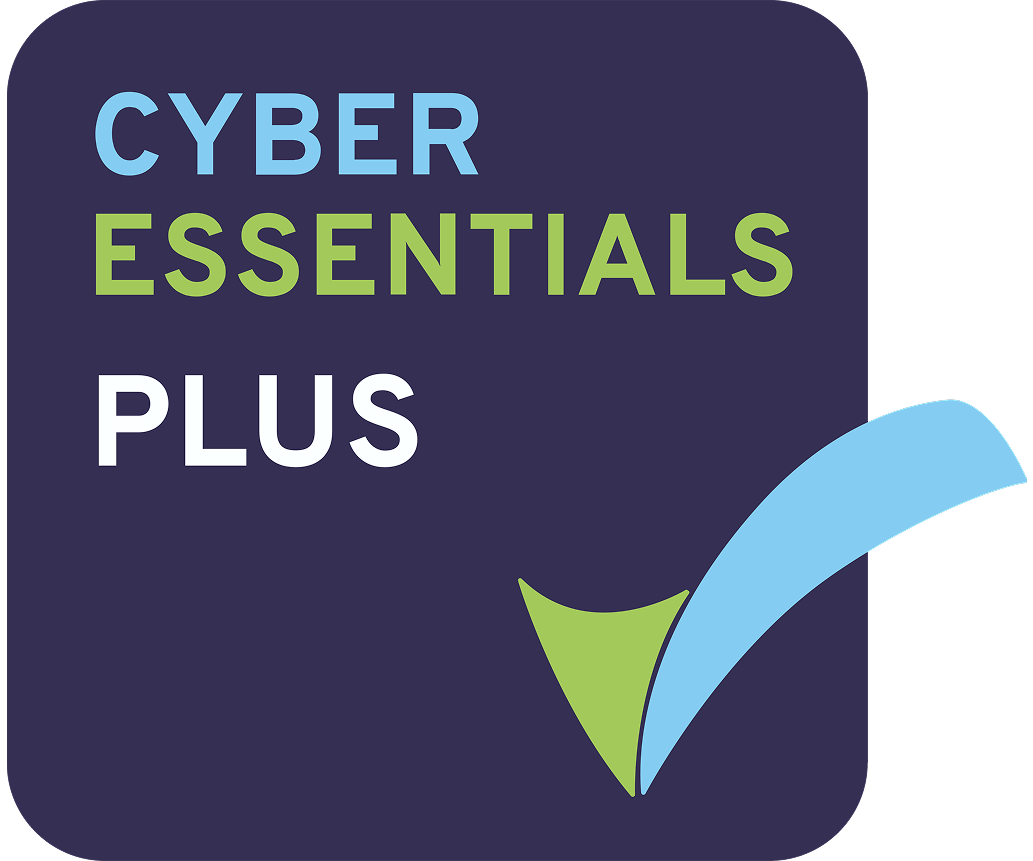
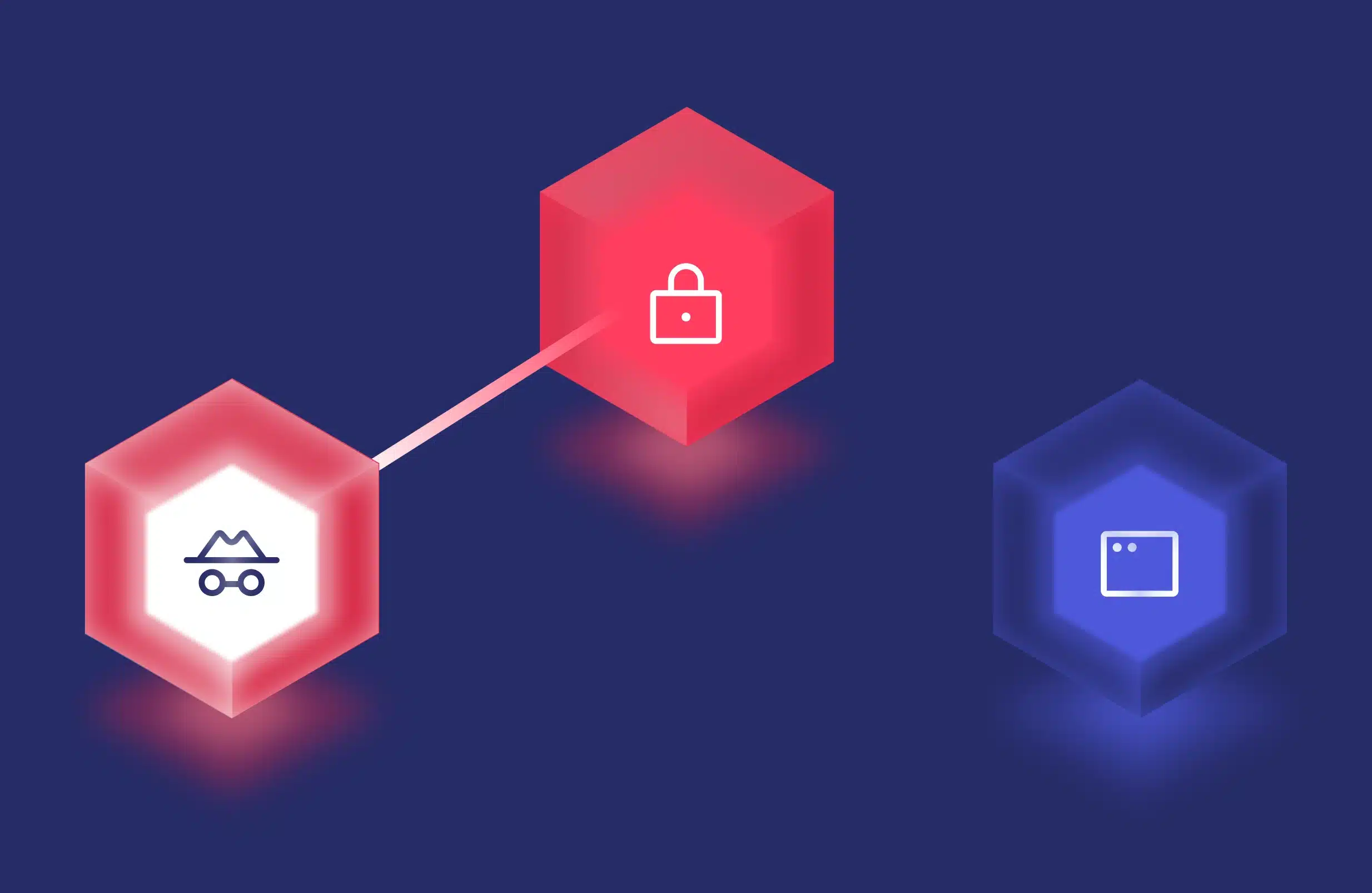
Control the visibility of your data and applications
Organisations are facing increasing challenges to modernise their digital infrastructures and turn towards modern solutions that are flexible, promote advanced security, enhance communication and collaboration, and unlock opportunities for long-term scalability.
As cyber threats continue to grow in size and sophistication, the move towards hybrid and remote working has also resulted in the need for identity and access management tools that prevent unauthorised access to your data, files and applications.
The introduction of access permissions across your organisation can also mitigate risks, strengthen your security measures and protect employees from common cyber threats that can threaten your reputation, productivity and long-term financial stability, such as phishing or data breaches.
At Espria, our Identity & Access Management solutions can be integrated into your existing policies and systems, successfully supporting existing IAM systems, such as Security Access Markup Language (SAML) and OpenID Connect.
What is identity &
access management?
Identity and access management (IAM) is a set of policies, procedures and tools that allow you to control and verify who has access to confidential files, data and applications. Identity management refers to the establishment and authentication of digital identities; access management is the regulation of which digital identities can access certain documents and at what level.
Examples of identity management mechanisms include:
- Using a work computer accessible with a fingerprint
- Using one-time passcodes to access certain applications
- Using multi-factor authentication to ensure the person is who they say they are.
Examples of access management include:
- Establishing different levels of permissions and access to different users
- Using password management to ensure only necessary members of staff can use certain tools and applications.
Having these mechanisms in place and customised to your organisation’s unique operational needs reduces the risk of sensitive data being compromised either by disgruntled employees or by cyber criminals.

Explore our case studies
Thrive Tribe
Thrive Tribe, a leading health and wellbeing organisation, sought to enhance its cybersecurity posture to protect sensitive client data and maintain trust with its stakeholders.
Supporting the NAHT remotely
Founded in 1897 as the National Federation of Head Teachers’ Associations, in 1906, the organisation became the National Association of Head Teachers, or NAHT for short.
Team17 – Using Power BI to Improve Reporting & Business Decision Making
A multi-award-winning video game development company got in touch with Espria to discuss improving their reporting and utilisation of their data.
The Development Bank of Wales – Managing a Laptop Refresh Project
The Development Bank of Wales is a public sector finance company employing almost 300 people based in Wales. Espria were engaged to manage a laptop refresh project.
National Association of Head Teachers – Managing a Move to the Cloud
Following the pandemic, NAHT was able to expedite its long-term plan to go fully cloud-based and complete the move from their bricks and mortar head office to the cloud in 2023.
Woodgreen – Securing critical infrastructure at a leading animal charity
Woodgreen, home of Channel 4’s ‘The Dog House’, turned to Espria to secure its extended operations using a Sophos solution
Explore all of our IT capabilities
From everyday IT services to project delivery, our solutions flex and scale to meet your needs.
